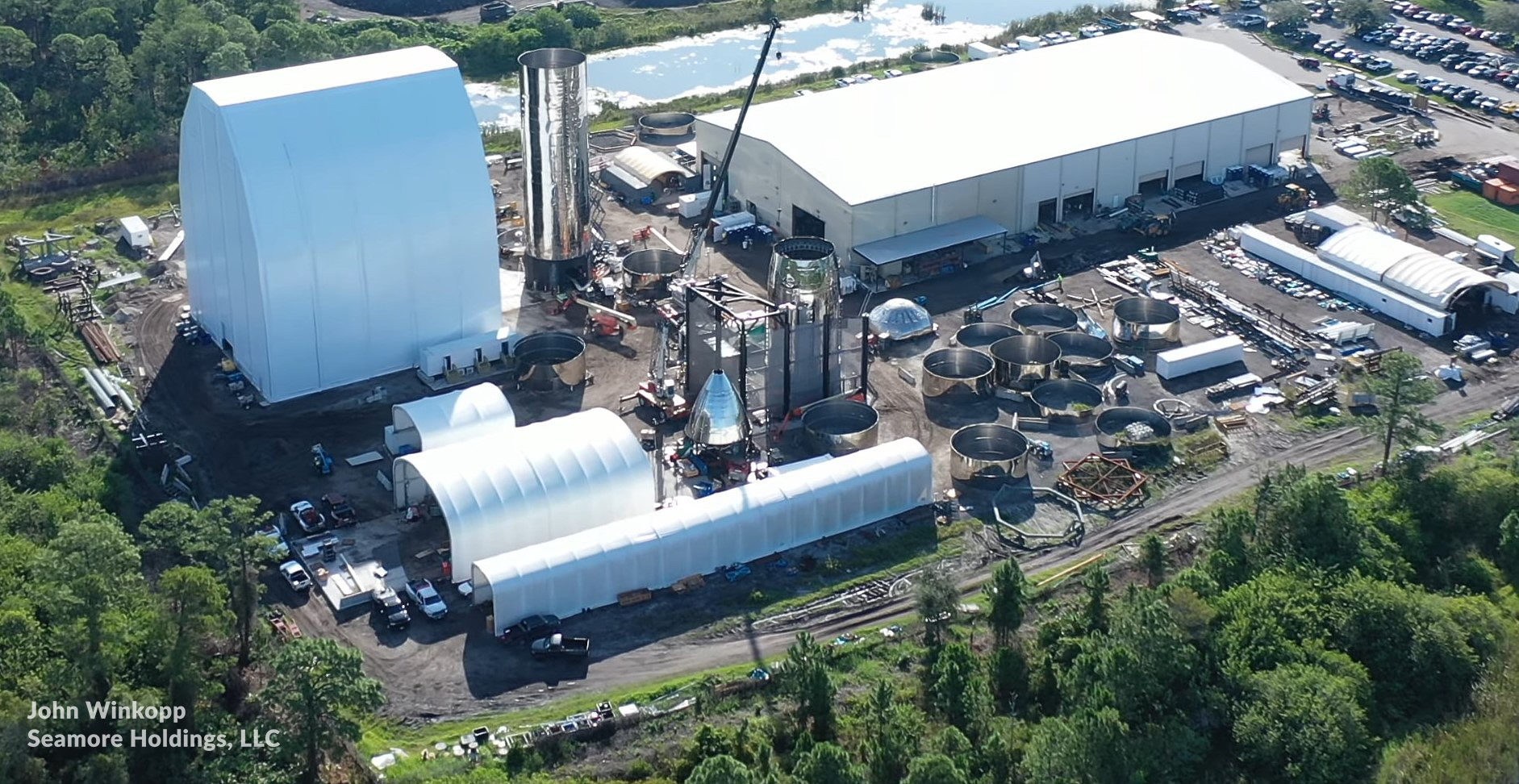
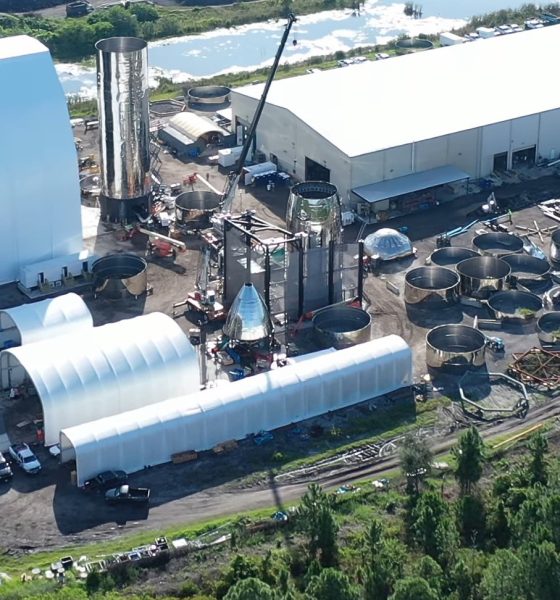
News
SpaceX's Texas Starship factory set to receive more parts from Florida
After successfully delivering Starship hardware and manufacturing tools to SpaceX’s Boca Chica, Texas rocket factory and launch facilities, the company has begun preparing a second load of parts to be shipped from Florida to Texas in the near future.
This is the latest chapter in a saga that began when SpaceX revealed that it would effectively pause its Florida Starship manufacturing operations and reassign most of its affected employees. Since SpaceX’s early-December confirmation, the company’s Cocoa, Florida Starship production hub has been more or less at a standstill, only interrupted once and awhile by efforts to either scrap hardware that is no longer needed or send it to Texas, where SpaceX has redoubled efforts to build the next series of Starship prototypes.
Teams in Florida are still working tirelessly to construct a massive Starship launch mount at Pad 39A believed to be capable of supporting full-scale Starship and Super Heavy static fires and launches, confirmation that SpaceX is likely only temporarily halting Starship production in the region. Nevertheless, the focus is now unequivocally on SpaceX’s Boca Chica facilities, where the company is rapidly building and expanding manufacturing facilities and constructing the next full-scale Starship prototype (SN01).
Although manufacturing operations have been paused in Florida, the existing Cocoa facility still has a huge amount of Starship hardware strewn about, most of which appears to be bound for scrapyards. Some of that hardware and infrastructure, however, can be salvaged and used elsewhere by SpaceX, and that is exactly what the company is now doing.
Most recently, SpaceX loaded transport ship GO Discovery with two giant steel stands and a completed Starship dome and transported that hardware from Port Canaveral, Florida to Port of Brownsville in early-December 2019. After arriving, SpaceX moved the rocket parts and infrastructure by road to its Boca Chica facilities, where they have since been stored until they’re needed.
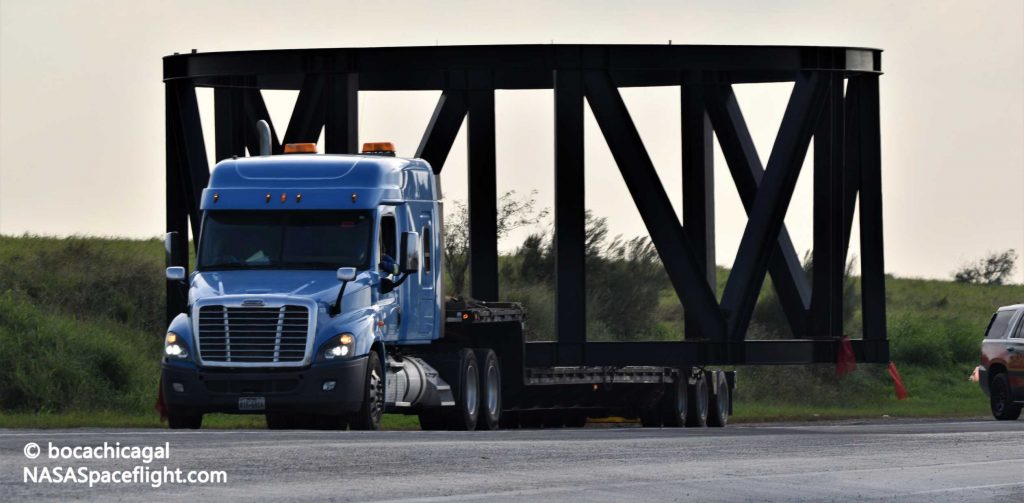
At the moment, the almost-finished Starship Mk2 prototype remains at SpaceX’s Cocoa factory in three giant pieces – a cylindrical tank and engine section, the start of a curved nose section, and the tip of that nose section. It remains to be seen what the fate of those rocket parts is, as much of the structure could theoretically be sent to Texas to expedite Starship SN01 production and assembly. However, the utility of those parts is likely almost entirely dependent on their quality and the design and fabrication delta between them and whatever SpaceX has in mind for the next phase of prototypes.
SpaceX continues to develop Starship in largely the same way it worked on Falcon 9 booster landings, beginning with a minimum viable product (Grasshopper/Starhopper) and gradually improving the test hardware into something much more reminiscent of the real deal (F9R/Starship Mk1, Mk2). Ultimately, all the experience gained and lessons learned from building and flying those increasingly more complex prototypes is merged with true orbital-class flight hardware.
It appears that SpaceX (or at least CEO Elon Musk) believes that the company may have already learned enough from Starhopper and Starship Mk1/Mk2 to graduate directly to some form of serial production – implied by his statement that the next Texas prototype will now be known as Starship SN01. Formerly Starship Mk3, Starship SN01 will be built with an array of refined or fully-new production and assembly processes, hopefully resulting in a prototype that is significantly more refined than Starship Mk1, which is believed to have been intentionally destroyed during pressure testing in November 2019.
In line with that strategy, SpaceX is preparing to ship more upgraded Starship hardware and infrastructure from Florida to Texas.
Based on photos taken in the last few days by local photographer and observer John Winkopp, GO Discovery’s next shipment will include a number of rolls of stainless steel stock, another steel stand for Starship ring assembly, and parts of another unfinished Starship tank dome.
Altogether, it’s possible that Starship SN01 assembly will end up taking far less time than Starship Mk1 or Mk2. Musk believes that that new and improved Starship prototype could be ready for flight testing as early as February or March 2020.
Check out Teslarati’s Marketplace! We offer Tesla accessories, including for the Tesla Cybertruck and Tesla Model 3.

News
Tesla expands Robotaxi app access once again, this time on a global scale
Tesla said recently it plans to launch Robotaxi in Miami, Houston, Las Vegas, Phoenix, and Dallas.
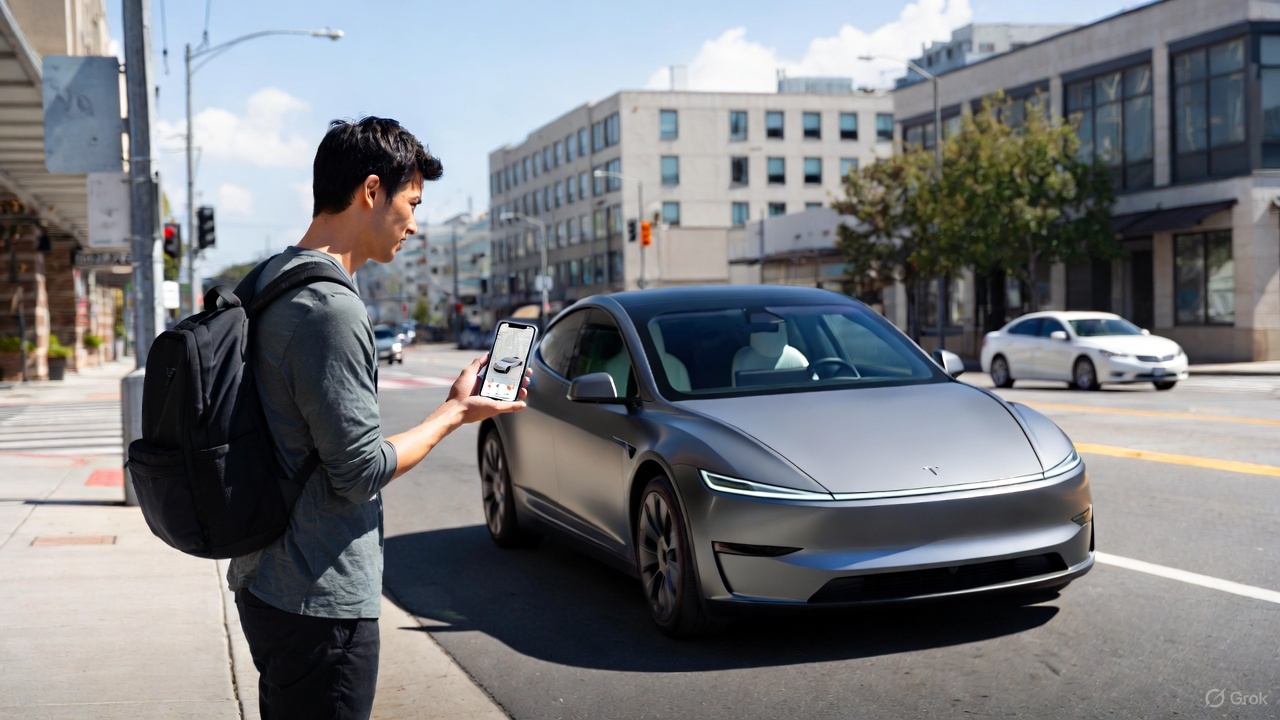
Tesla has expanded Robotaxi app access once again, but this time, it’s on a much broader scale as the company is offering the opportunity for those outside of North America to download the app.
Tesla Robotaxi is the company’s early-stage ride-hailing platform that is active in Texas, California, and Arizona, with more expansion within the United States planned for the near future.
Tesla said recently it plans to launch Robotaxi in Miami, Houston, Las Vegas, Phoenix, and Dallas.
The platform has massive potential, and Tesla is leaning on it to be a major contributor to even more disruption in the passenger transportation industry. So far, it has driven over 550,000 miles in total, with the vast majority of this coming from the Bay Area and Austin.
First Look at Tesla’s Robotaxi App: features, design, and more
However, Tesla is focusing primarily on rapid expansion, but most of this is reliant on the company’s ability to gain regulatory permission to operate the platform in various regions. The expansion plans go well outside of the U.S., as the company expanded the ability to download the app to more regions this past weekend.
So far, these are the areas it is available to download in:
- Japan
- Thailand
- Hong Kong
- South Korea
- Australia
- Taiwan
- Macau
- New Zealand
- Mexico
- U.S.
- Canada
Right now, while Tesla is focusing primarily on expansion, it is also working on other goals that have to do with making it more widely available to customers who want to grab a ride from a driverless vehicle.
One of the biggest goals it has is to eliminate safety monitors from its vehicles, which it currently utilizes in Austin in the passenger’s seat and in the driver’s seat in the Bay Area.
A few weeks ago, Tesla started implementing a new in-cabin data-sharing system, which will help support teams assist riders without anyone in the front of the car.
Tesla takes a step towards removal of Robotaxi service’s safety drivers
As Robotaxi expands into more regions, Tesla stands to gain tremendously through the deployment of the Full Self-Driving suite for personal cars, as well as driverless Robotaxis for those who are just hailing rides.
Things have gone well for Tesla in the early stages of the Robotaxi program, but expansion will truly be the test of how things operate going forward. Navigating local traffic laws and gaining approval from a regulatory standpoint will be the biggest hurdle to jump.
Investor's Corner
Tesla gets price target boost, but it’s not all sunshine and rainbows
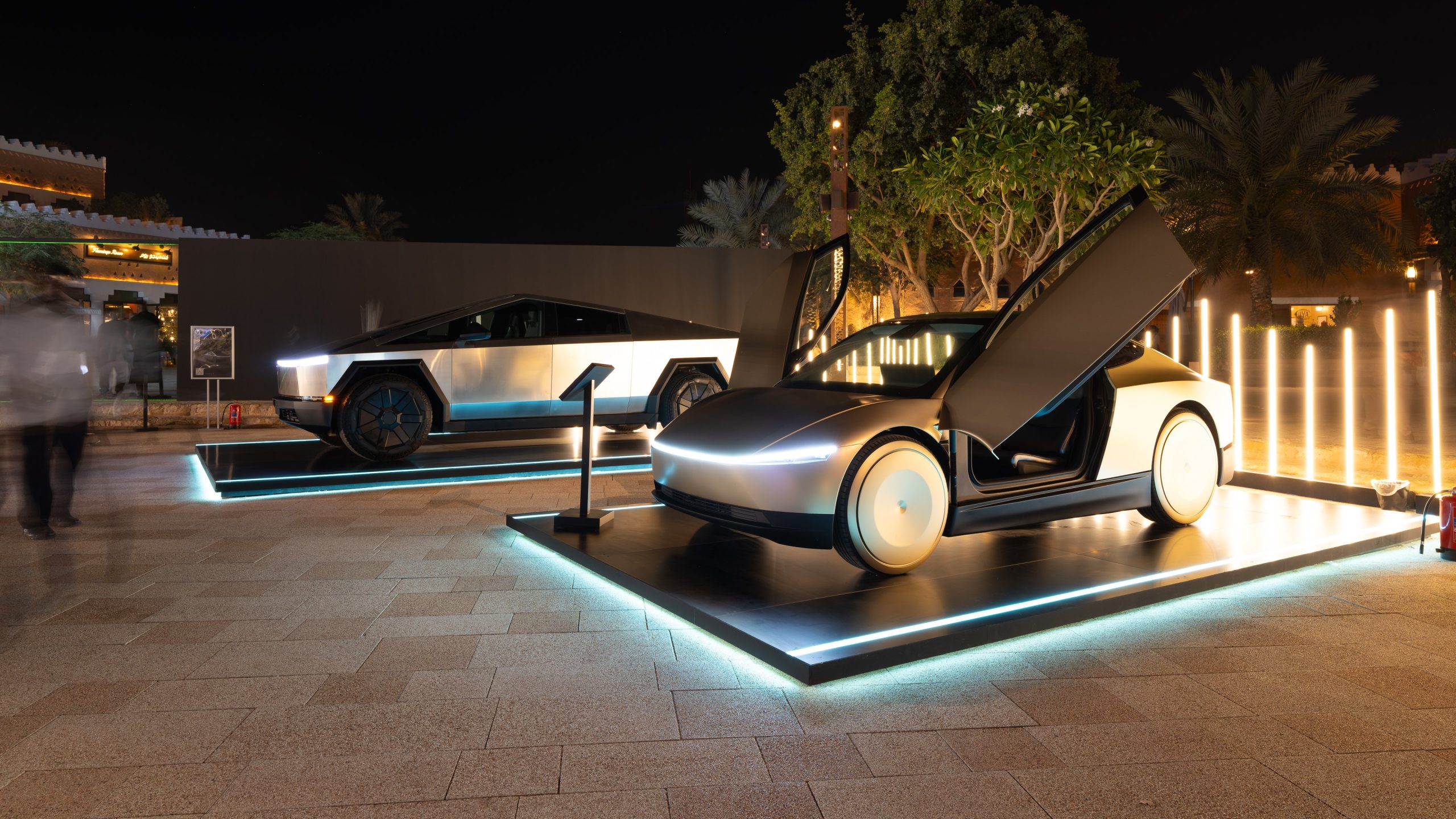
Tesla received a price target boost from Morgan Stanley, according to a new note on Monday morning, but there is some considerable caution also being communicated over the next year or so.
Morgan Stanley analyst Andrew Percoco took over Tesla coverage for the firm from longtime bull Adam Jonas, who appears to be focusing on embodied AI stocks and no longer automotive.
Percoco took over and immediately adjusted the price target for Tesla from $410 to $425, and changed its rating on shares from ‘Overweight’ to ‘Equal Weight.’
Percoco said he believes Tesla is the leading company in terms of electric vehicles, manufacturing, renewable energy, and real-world AI, so it deserves a premium valuation. However, he admits the high expectations for the company could provide for a “choppy trading environment” for the next year.
He wrote:
“However, high expectations on the latter have brought the stock closer to fair valuation. While it is well understood that Tesla is more than an auto manufacturer, we expect a choppy trading environment for the TSLA shares over the next 12 months, as we see downside to estimates, while the catalysts for its non-auto businesses appear priced at current levels.”
Percoco also added that if market cap hurdles are achieved, Morgan Stanley would reduce its price target by 7 percent.
Perhaps the biggest change with Percoco taking over the analysis for Jonas is how he will determine the value of each individual project. For example, he believes Optimus is worth about $60 per share of equity value.
He went on to describe the potential value of Full Self-Driving, highlighting its importance to the Tesla valuation:
“Full Self Driving (FSD) is the crown jewel of Tesla’s auto business; we believe that its leading-edge personal autonomous driving offering is a real game changer, and will remain a significant competitive advantage over its EV and non-EV peers. As Tesla continues to improve its platform with increased levels of autonomy (i.e., hands-off, eyes-off), it will revolutionize the personal driving experience. It remains to be seen if others will be able to keep pace.”
Additionally, Percoco outlined both bear and bull cases for the stock. He believes $860 per share, “which could be in play in the next 12 months if Tesla manages through the EV-downturn,” while also scaling Robotaxi, executing on unsupervised FSD, and scaling Optimus, is in play for the bull case.
Will Tesla thrive without the EV tax credit? Five reasons why they might
Meanwhile, the bear case is placed at $145 per share, and “assumes greater competition and margin pressure across all business lines, embedding zero value for humanoids, slowing the growth curve for Tesla’s robotaxi fleet to reflect regulatory challenges in scaling a vision-only perception stack, and lowering market share and margin profile for the autos and energy businesses.”
Currently, Tesla shares are trading at around $441.
News
Tesla Optimus dramatically collapses after teleoperator mishap
It seemed blatantly obvious that whoever was controlling the Optimus robot from behind the scenes did not disconnect their ability to manipulate its movements

Tesla Optimus dramatically collapsed after a teleoperator mishap at the company’s “Future of Autonomy Visualized” event in Miami this past weekend.
It seemed blatantly obvious that whoever was controlling the Optimus robot from behind the scenes did not disconnect their ability to manipulate its movements, then left the controls, causing Optimus to collapse.
A video captured at the event shows Optimus doing a movement similar to taking a headset off, likely what the teleoperator uses to hear guest requests and communicate with other staff:
🚨 Tesla Optimus mishap at the Miami event
To be fair, don’t we all want to do this around the Holidays? pic.twitter.com/EJ5QKenqQd
— TESLARATI (@Teslarati) December 8, 2025
After the headset removal motion was completed, Optimus simply collapsed backward, making for an interesting bit of conversation. While it was a mishap, it was actually pretty funny to watch because of the drama displayed by the robot in the situation.
This was obviously a mistake made by the teleoperator, and does not appear to be a spot where we can put any sort of blame on Optimus. It would have likely just stood there and waited for controls to resume if the teleoperator had disconnected from the robot correctly.
However, details are pretty slim, and Tesla has not announced anything explaining the situation, likely because it seems to be a pretty face-value event.
Tesla Optimus shows off its newest capability as progress accelerates
The Tesla Optimus program has been among the most hyped projects that the company has been working on, as CEO Elon Musk has extremely high hopes for what it could do for people on Earth. He has said on several occasions that Optimus should be the most popular product of all time, considering its capabilities.
Obviously, the project is still a work in progress, and growing pains are going to be part of the development of Optimus.
In its development of Optimus Gen 3, Tesla has been working on refining the forearm, hand, and fingers of Optimus, something that Musk said is extremely difficult. However, it’s a necessary step, especially if its capabilities will not be limited by hardware.
All in all, Optimus has still been a very successful project for Tesla, especially in the early stages. The company has done an excellent job of keeping Optimus busy, as it helps with serving customers at events and the Tesla Diner, and is also performing tasks across the company’s manufacturing plants.








